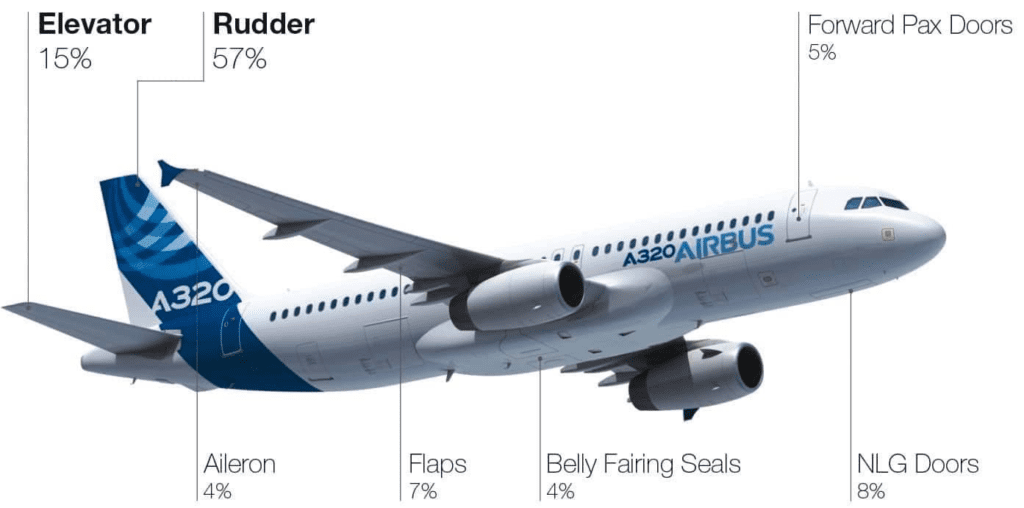
As moveable structural components such as control surfaces and landing gear doors age, wear of hinges and actuators can sometimes lead to airframe vibrations. These vibrations can cause noise and physical discomfort in the passenger cabin.
To prevent further deterioration of components, the cause of vibration should be quickly identified and removed. For this, maintenance personnel require Flight Crew to make observations of the vibration using a Vibration Reporting Sheet (VRS).
A clear understanding of how to complete the VRS is important before starting the observations. Some parts of the VRS require manual control inputs with Autopilot OFF and therefore cannot be performed in RVSM airspace.
AIRFRAME VIBRATIONS DURING FLIGHT
In-service experience
Today, the Airbus fleet benefits from many years of accumulated in-service experience, and is relatively free from reports of airframe vibration during flight. However, airframe vibrations are still sometimes reported.
When an airframe vibration occurs, it can be identified by people inside the aircraft. Depending on the source of the vibration, it may be experienced either as a physical movement, or as noise, or as both a movement and noise. These experiences can cause passenger concern and discomfort. Additionally, any vibration indicates increased wear of components. For both these reasons, identification of the cause of the vibration should be established quickly.
Causes of vibration
Due to the size of the fleet, the majority of reports of airframe vibrations on Airbus aircraft are received on A320 Family models.
To identify the causes of vibration, Airbus organised a four year working group with airlines and equipment manufacturers, which focussed on the A320 Family fleet. This work identified that the majority of vibrations arise in the aircraft tail section, including 57% of vibrations from the rudder, and 15% from the elevator. Moveable control surfaces in the wings together account for only 11%, whereas sources in belly fairings, passenger and landing gear doors account for 17%.
The main contributor to vibrations, particularly on flight control surfaces, is free-play of servo-control bearings, servo-control attachments, and and/or surface hinge lines (bearings & attachment). Free-play is primarily caused by wear.
When free-play is present, the flight control surface or door will have a tendency to oscillate slightly within the space created by the free-play whenever the surface is at zero hinge-moment. When in this condition, an observable vibration will only start if an energy input is provided, typically from aerodynamic effects of a sufficiently high air speed. This phenomenon is called a ‘Limited Cycle Oscillation’ (LCO).
Source – Airbus





